Charlotte Cho may be the flawless skinned beauty guru behind Soko Glam, but—despite her commitment to a 10-step skin-care routine—she still deals with adult acne. Thankfully for the 54 percent of other adults who do as well, she's made a career out of scouring Korea for the best and most effective skin-care products. And as it turns out? The K-beauty strategy is quite different than what Westerners have traditionally been sold.
“Whenever you think of acne solutions in the United States, you're automatically thinking, 'How do I dry out any of the oil on my face?'" says Cho. Dermatologists in Korea, on the other hand? They're always preaching about the importance of hydration. Cho explains that by hydrating your skin with moisturizing products, you’re actually working to reduce the inflammation beneath the surface that causes acne. “A lot of times when you hear in Korean beauty that hydration is everything for youthful-looking skin, it applies to clear skin as well," she says.
Hydration… and a whole lot of fancy product layering. "The only way you're gonna win the acne game is to really focus on hydrating your skin, calming it, and infusing your skin with the right ingredients,” says Cho. You know, like snail mucin.
Read on for her complete guide how to kick your acne to the curb, Korean beauty style.
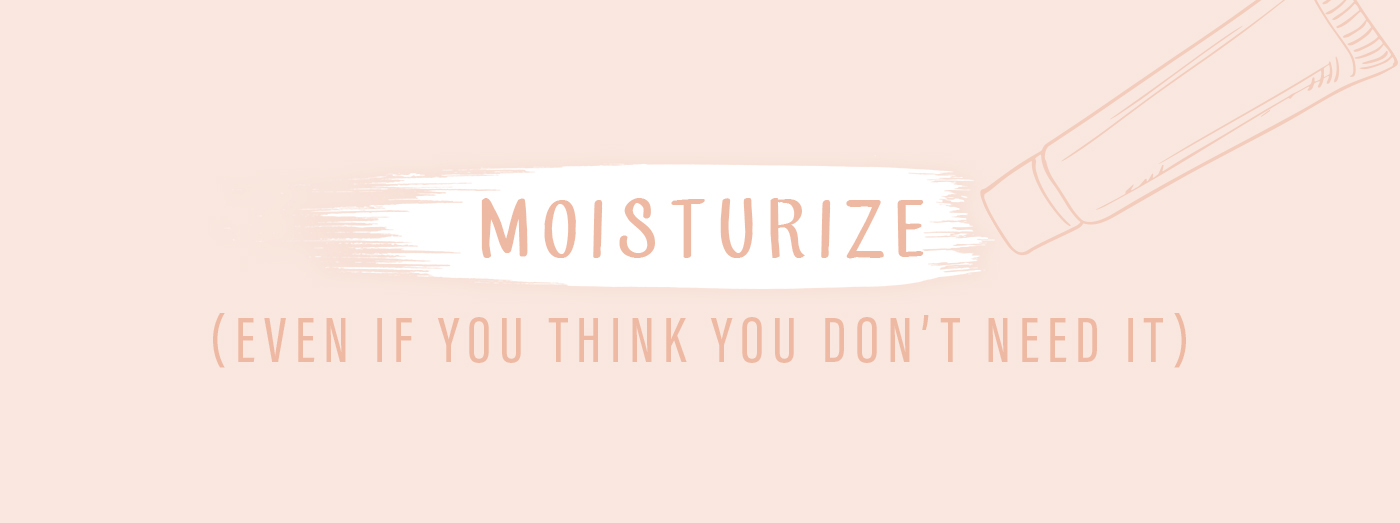
Moisturize (even if you think you don’t need it)
When it comes to hydrating your skin, your eight daily glasses of H2O can only get you so far. To keep things clear, you need to hydrate externally, too, which means moisturizer is a must. "If you don't moisturize your skin regularly because you feel like you don't need it, and you have acne, then you basically create the opportunity for bacteria to enter your skin,” Cho explains. "When you're not moisturizing and hydrating properly, the bacteria will pass through your barrier—which is penetrable because it's not hydrated."

{{post.sponsorText}}
She says the pesky germs will make their way into your epidermis and cause inflammation, which leads to zits on zits on zits. Quench your face's thirst on the reg to keep things out.
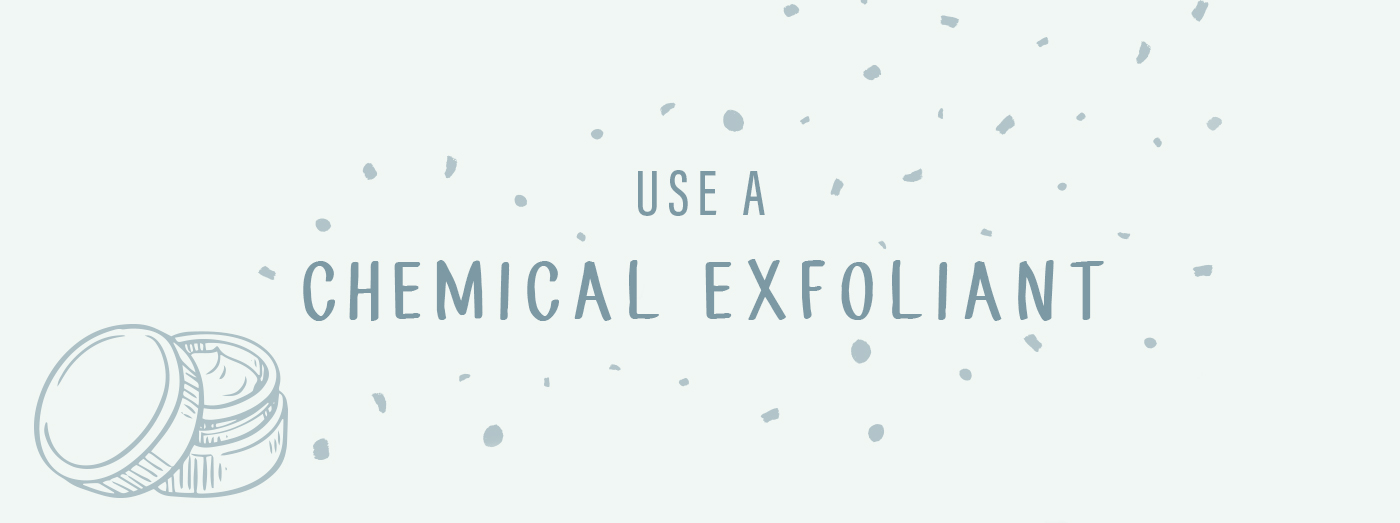
Use a chemical exfoliant
While sloughing your skin every day is definitely overkill, especially for a face that’s starved for moisture, Cho suggests using some sort of chemical exfoliator a few times a week for the sake of those dead skin cells. Her go-to? The Dr. Oracle A-Thera Tea Tree Peeling Sticks ($24).
“Even though they have 6 percent AHA and BHAs, they use wintergreen extract as their BHA instead of salicylic acid," she explains, noting that the treatment is less harsh than many others on the market “It's still effective, but it's gentle." That means that you can help your acne to find an exit strategy without making the rest of your face angry in the process.
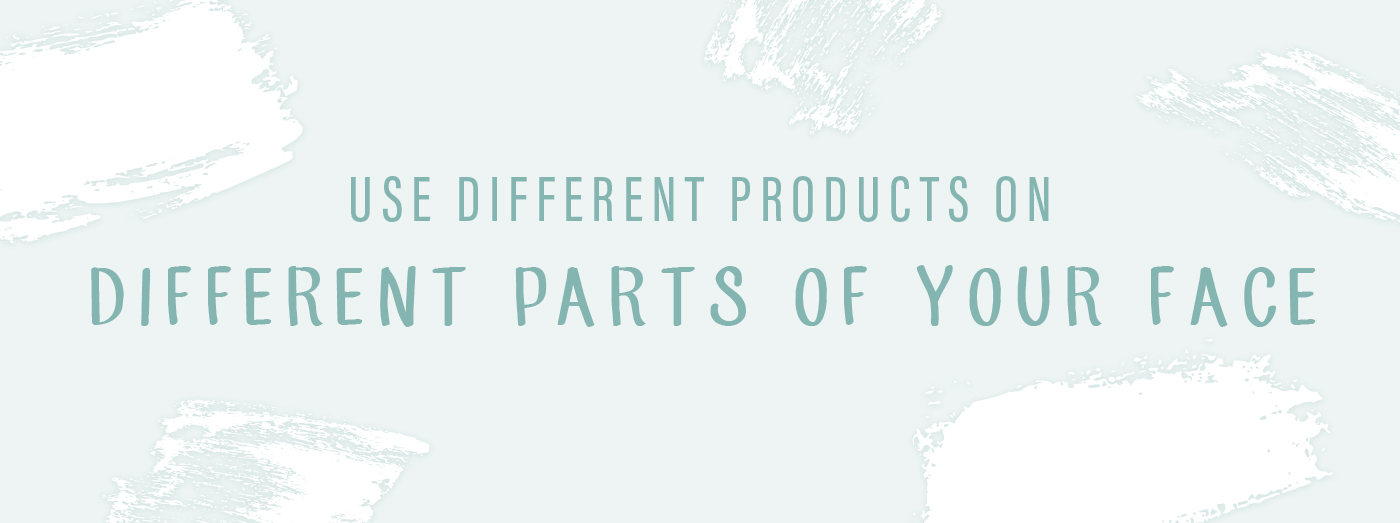
Use different products on different parts of your face
The idea of multi-masking—using different masks on different parts of your face—is a Korean skin-care staple. But Cho says the principle also extends to moisturizers. "Korean women just love using different products for different concerns on their skin,” says Cho. “You have different oil glands, so you're going to produce different levels of oils and also have areas that are drier than others. So it's really important to plan accordingly for those different zones."
The most important factor to pay attention to is the consistency of the products you use, according to her. To treat the acne on her chin, for example, Cho uses a lighter weight moisturizer and relies on something milkier for dryness and fine lines on her cheeks.
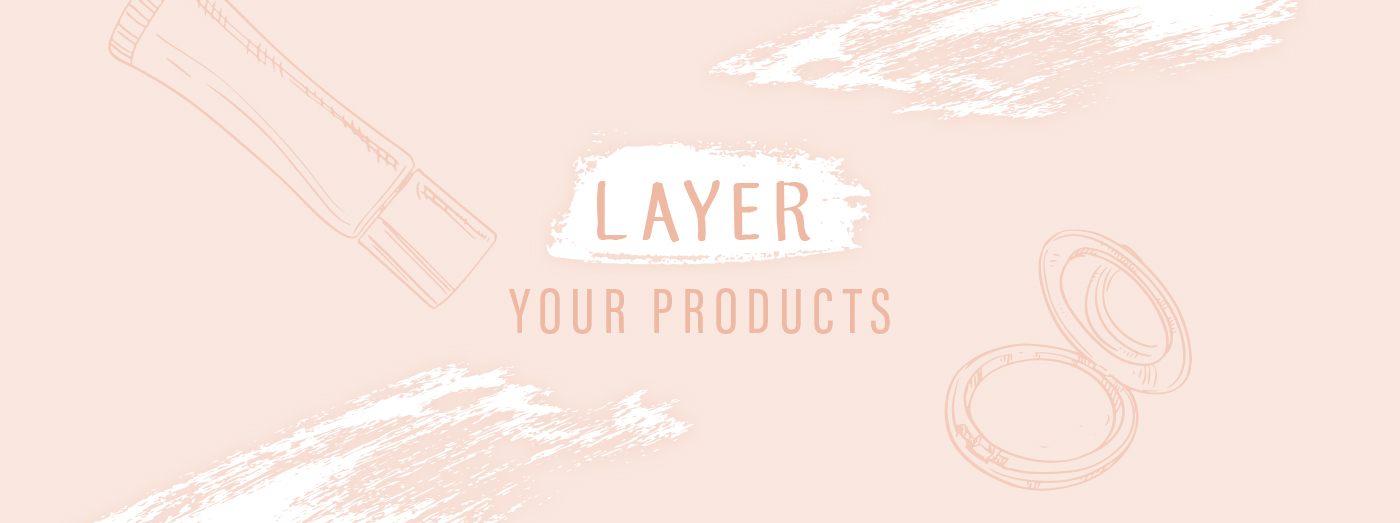
Layer your products
The 10-step routine may feel tedious, but Cho swears by it for countering acne. “With Korean skin care, because there's so many textures and so many different consistencies, you're basically able to mix and match products according to your skin-care concern," Cho explains. To follow the classic regimen, the order's as follows: makeup remover, water-based cleanser, exfoliator, toner, essence, treatments, sheet masks, eye cream, moisturizer, and then sun protection.
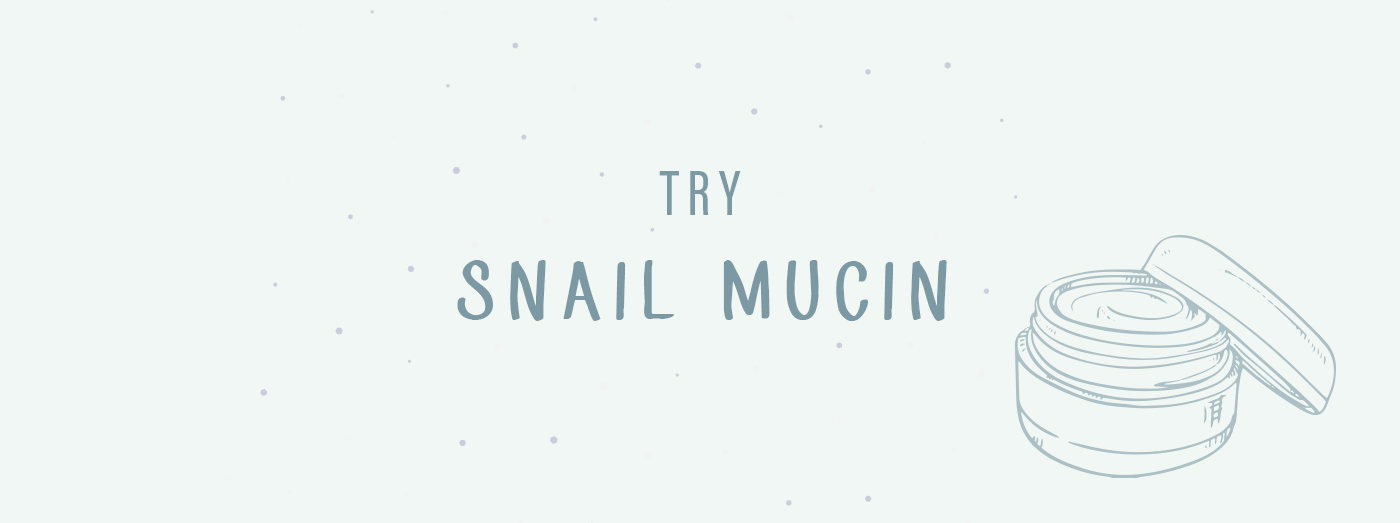
Try snail mucin
Yes, it's what it sounds like—but Cho notes it's great for fading dark spots and pigmentation from acne spots. "It really makes a difference for your skin," she says. "Snail mucin is a perfect ingredient for hydration, too because it's lightweight and it's also usually water-based." In other words, it won't clog pimple-prone pores. Slather it on at night to wake up with a full-on glow.

Be diligent about sunscreen
Despite what your doubts might suggest about pore-clogging sunscreen, slather on the SPF, especially if you're in the middle of an acne flare-up. “Sunscreen's one of the things that you don't typically want to put over your acne because you it feels really greasy sometimes," Cho admits. "But with Korean skin care, and the advice that I always get from Korean dermatologists, is that you should definitely use sunscreen over your acne. If you don't, you'll actually get pigmentation as a result."
Since acne's a wound (even when you don’t pop and pick at it), it's more likely to leave a mark when it’s exposed to UV rays from the sun—so it’s important to cover up with a solid SPF.
Your face isn't the only thing that needs a little moisture TLC, so try this hydrating shower hack for your smoothest limb skin ever. And if Cho's advice has inspired you to up your KBeauty game even further, check out these four Korean skin-care trends you should definitely know about.
Loading More Posts...